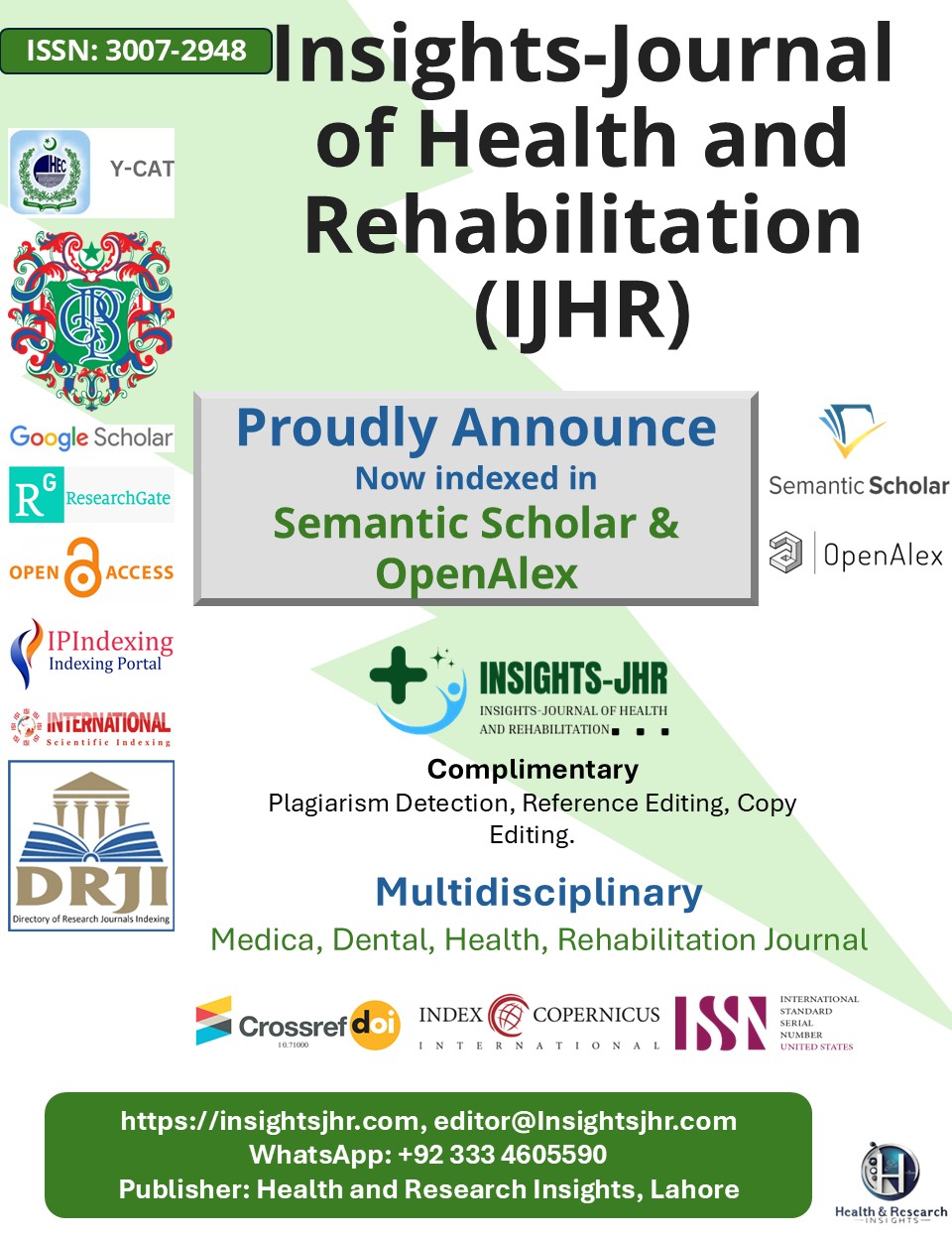THE IMMATURE PLATELET FRACTION; AN EARLY RECOVERY INDICATION OF THROMBOCYTOPENIA IN DENGUE FEVER
DOI:
https://doi.org/10.71000/ykfd8x16Keywords:
Dengue, hematology, immature platelet fraction, platelet count, predictive biomarker, thrombocytopenia, viral infectionAbstract
Background: Dengue fever is a major arboviral infection associated with significant morbidity, particularly due to thrombocytopenia, which can lead to severe complications. The immature platelet fraction (IPF%) serves as an indicator of bone marrow activity and platelet regeneration. Identifying IPF trends can help predict platelet recovery earlier than conventional platelet counts, aiding clinical decision-making and potentially reducing unnecessary platelet transfusions.
Objective: This study aimed to evaluate the role of IPF% as an early predictor of platelet recovery in dengue patients with thrombocytopenia.
Methods: A cross-sectional observational study was conducted over six months, from August 2023 to January 2024, at the Department of Medicine, CMH Rawalpindi. A total of 150 patients diagnosed with dengue, confirmed by positive NS1 antigen or IgM antibody, were enrolled. Venous blood samples (5 mL) were collected in EDTA tubes and analyzed using the Sysmex XE-2100 automated hematology analyzer. Reference IPF values were established using 50 healthy samples. Patients were categorized into two groups: Group 1 with platelet counts <20,000/µL and Group 2 with platelet counts between 20,000–60,000/µL. IPF% and platelet counts were recorded at 24, 48, and 72 hours.
Results: At 24 hours, 61 (87.1%) patients in Group 1 and 58 (72.5%) in Group 2 exhibited a rising IPF trend. By 48 hours, 64 (88.8%) in Group 1 and 60 (75.3%) in Group 2 reached peak IPF >10%. At 72 hours, 62 (96.8%) in Group 1 and 64 (80%) in Group 2 demonstrated a declining IPF trend, coinciding with platelet count recovery.
Conclusion: IPF% strongly correlates with platelet recovery in dengue-related thrombocytopenia. The declining trend of IPF serves as a potential marker for early recovery, offering a valuable clinical tool for predicting disease progression and guiding transfusion decisions.
Downloads
Published
Issue
Section
License
Copyright (c) 2025 Rabia Kanwal, Urooj Shuja, Afreen Naz Zafar , Hafsa Mansha, Yasmin Haji, Elaf Khalid (Author)

This work is licensed under a Creative Commons Attribution-NonCommercial-NoDerivatives 4.0 International License.







